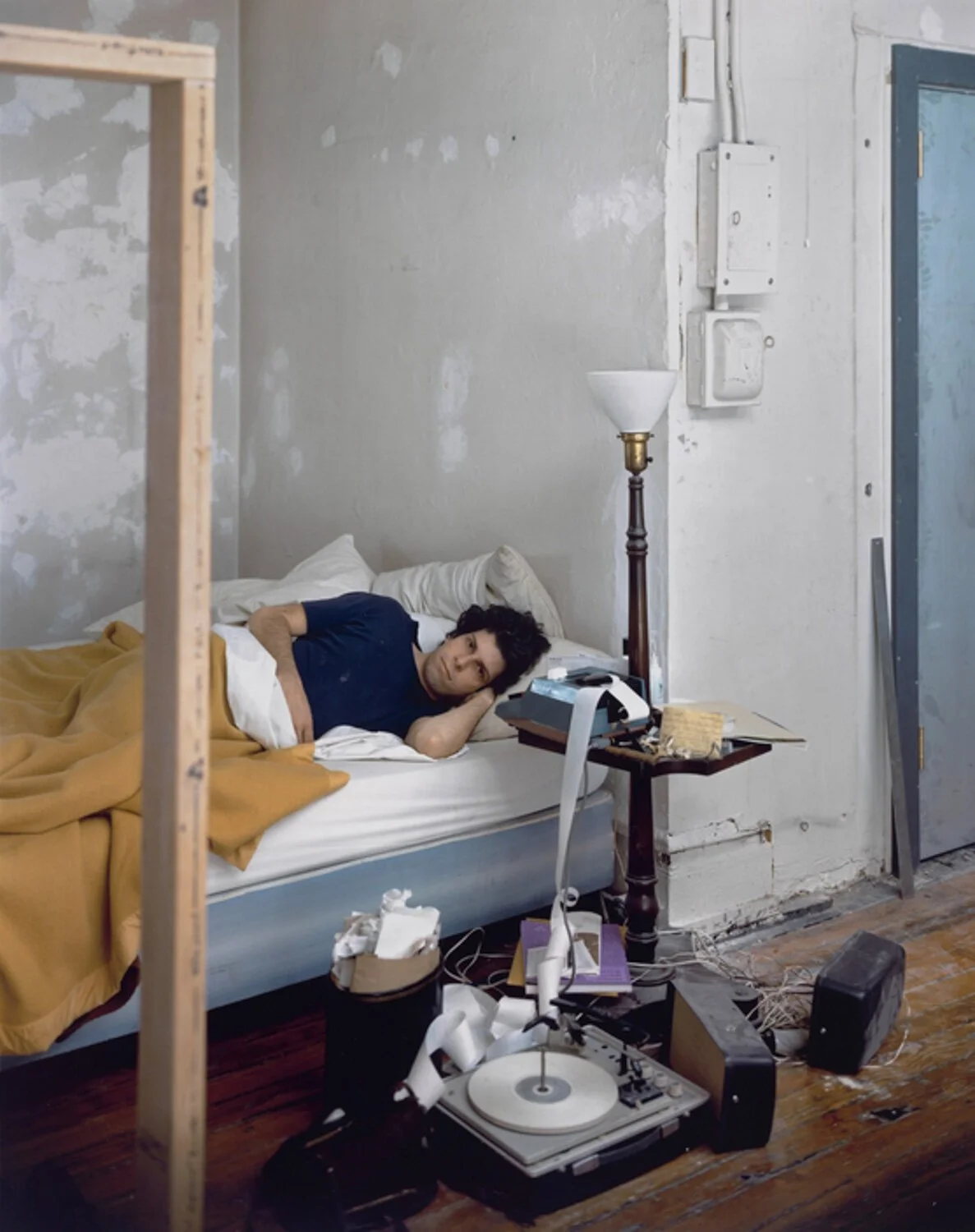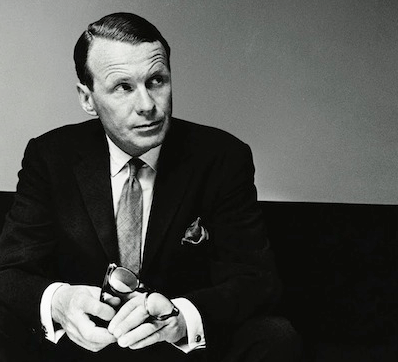How To Improve Your (Street) Photography Pt. 1
I’m going to write on the perspective of street photography, but this applies to any kind of photography you would like to improve.
The process of improvement never ends. There is always room for growth in perspective and style.
I began writing this blog post and it kept getting longer and longer until it reached the point of being unreadable. So I will break this into a two or three part series.
Occasionally I will go through photographers such as Garry Winogrand and feel infinitely frustrated that I don’t get to see scenes like this when I go out to do street photography.
Perhaps you’ve had similar thoughts as myself, “Everything looks super modern and boring and people are always on their phones.”
I have to fight those thoughts all of the time. If I begin working like that it becomes a vicious cycle. I won’t go out to shoot that day because it leads to, “Well, what’s the point?”
We have to break down those barriers that potentially hold us back.
The reality is no matter where we are or what era we are in, there is always something interesting to see.
I’m continually reminded of that. I will be out and will see something so unexpected but I wasn’t ready with my camera. I had convinced myself I wouldn’t see anything that day. I’ll think, “What could I possibly see today with all of these ugly cars and buildings?”
Those interesting scenes we see, seem so few and far between but they are there.
This leads me to another point. Don’t shy away from taking pictures that contain modern things like cars or phones. Although they are ugly now they contain future value. Times change drastically.
I often think of a quote by William Eggleston who continually gets asked when he is on the street, “What are you photographing?” His response is always:
“Life today.”
Photo by Jody Rogac
That is what you are doing. We don’t get to choose what we see but we do get to document today and that’s as unique as it can get.
Treat it like a job. Bring your camera everywhere.
Van Gogh would wake at 8:00am and paint until 5:00pm as if it was his job. He wasn’t even selling any of his paintings but that didn’t stop him from treating it like it was his job.
Okay, but say you already have a 9:00am - 5:00pm job. How can you apply this method?
It’s simple - bring your camera with you wherever you’re going.
Photograph while you do errands, photograph to and from work. Work it into your life.
Henry Wessel did this. He built a series entitled, “Traffic” in which he photographed people in their cars while he was commuting to and from his office job. This ideology of Henry Wessel has been one of the most influential for me personally.
Work with what you got.
I always wish that I was somewhere else.
But when you work with the situation you are in you get to create photographs you wouldn’t have chosen to create. These photos you’re creating wouldn’t have existed otherwise.
Ultimately this contributes to your growth as a photographer. Your ability to work with anything is invaluable.
Practice reacting quickly.
I bring my camera with me wherever I go but it’s useless if I’m not prepared.
I make the mistake of not having it out of the case, wrapped around my wrist, with my finger on the shutter, ready to go. That simple act of having your camera ready to go can help you to react quickly to something you see.
Henri Cartier-Bresson called this:
“The decisive moment.”
This takes practice. That moment between something being interesting and uninteresting is miniscule.
We may need to overcome shyness or fear, or perhaps you move at the speed of a sloth such as myself and you need to just work on reacting quickly. This is something that can be trained in the form of an exercise:
Go out and photograph on the street.
PT. ll is on the way. Thanks for reading!
Dzesika
More in Lessons From the Masters:















